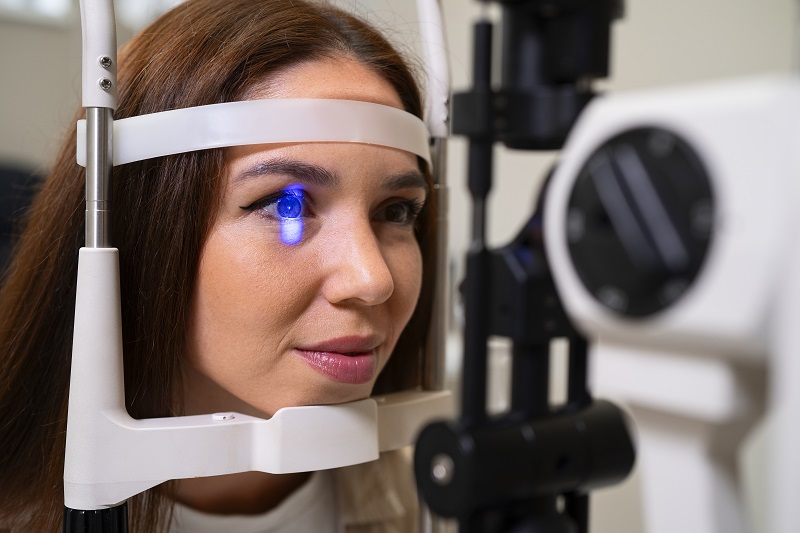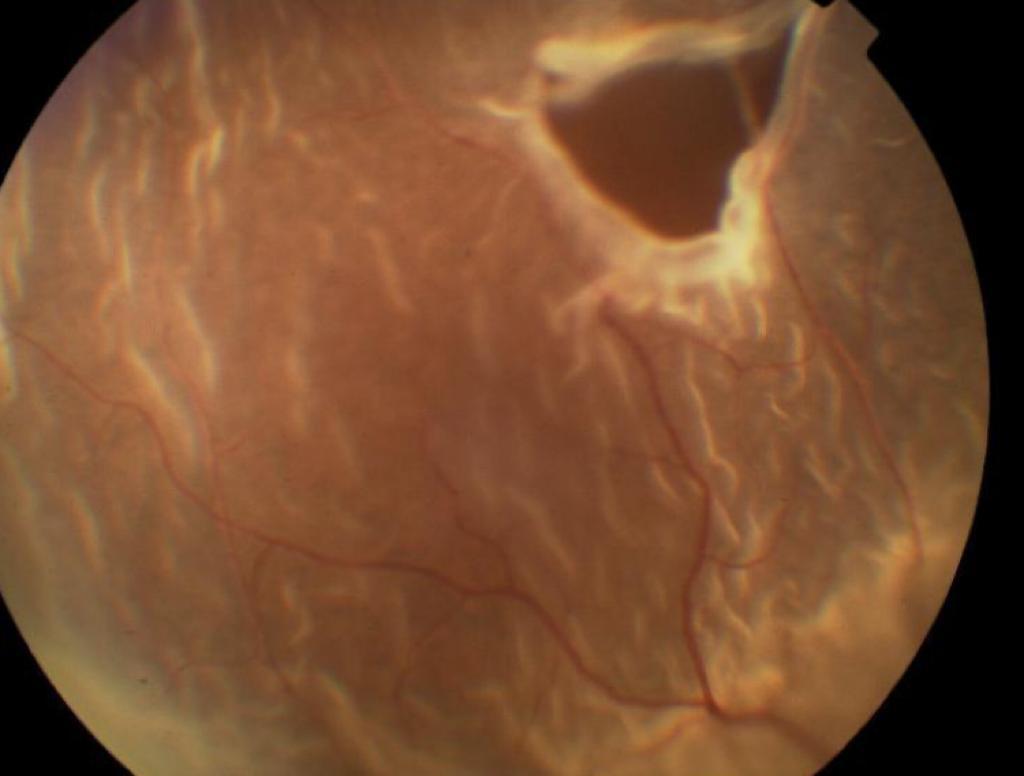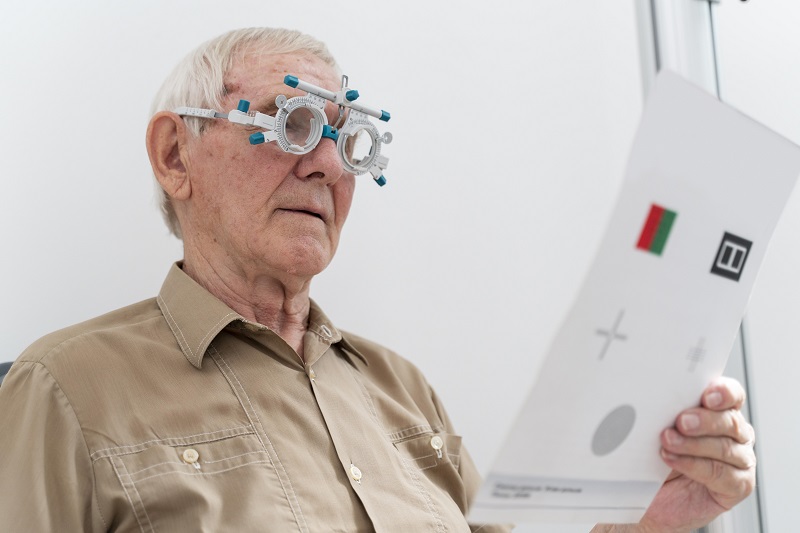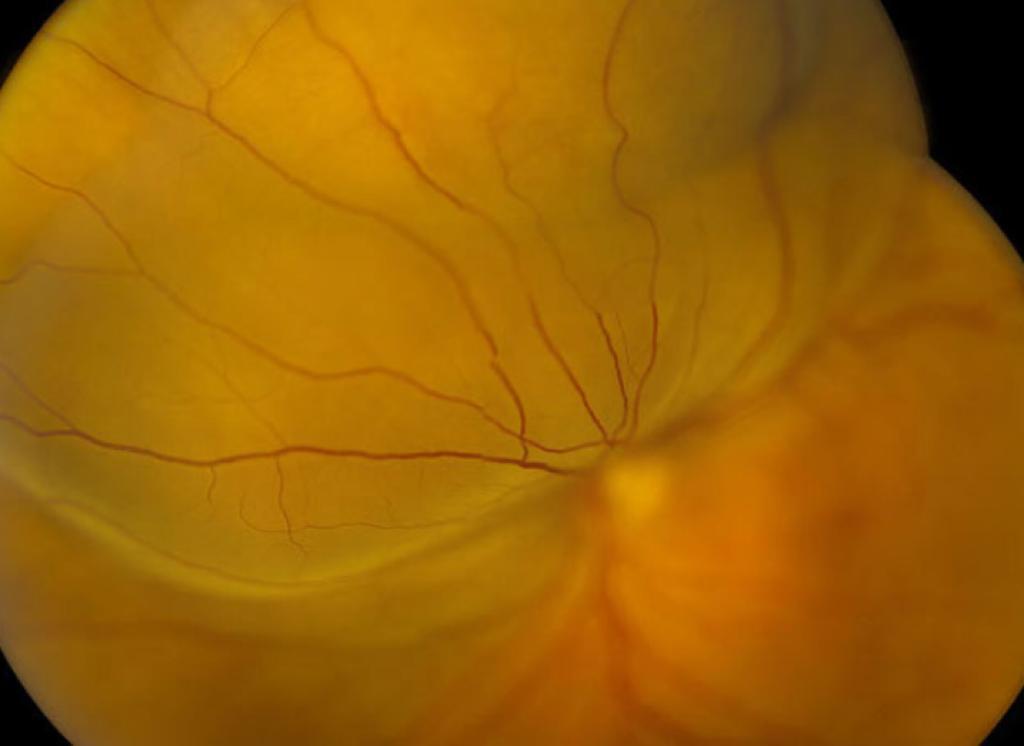Retinal Detachment and Surgery
Dr. Taylan Öztürk

Retinal Detachment and Surgery
What is Retinal Detachment?
Retinal detachment is when the retinal layer at the back of your eye detaches from the supporting tissue. This is a serious eye disease and can lead to permanent vision loss if not treated in time. In this article, we will discuss in detail what retinal detachment is, its symptoms, causes, treatment methods and how surgery is performed.
The retina is a sensitive layer inside the eye that detects light and transmits signals to the brain. When detached, the retina cannot properly detect light, which can lead to vision loss.
Causes of Retinal Detachment
Retinal detachment can have various causes. These include
- Retinal Tears: Tears on the retina can cause fluid to leak under the retina and detach.
- Eye Injuries: Severe eye injuries can lead to retinal detachment.
- Eye Diseases: Some eye diseases, such as diabetes, can cause retinal detachment.
- Genetic Factors: People with a family history of retinal detachment are at higher risk.
Symptoms of Retinal Detachment
Early Symptoms
Early signs of retinal detachment can manifest themselves in changes in your eye:
- Dark Spots: Dark spots or shadows may appear in your vision.
- Flashes of Light: You may suddenly see flashes of light in your eyes.
Progressive Symptoms
As symptoms progress, more pronounced vision problems may occur:
- Blurred vision: Your vision may become more blurred.
- Loss of Field of Vision: You may experience a loss of field of vision or blind spots.
- Pain in the Eye: In rare cases, some patients may experience pain in their eyes.
- Loss of Vision: Visual impairment and blindness may occur suddenly or within days.
Diagnosis of Retinal Detachment
Eye Examination
Diagnosis of retinal detachment is usually done through a comprehensive eye examination. Your doctor may use the following methods to examine the retinal layer:
- Eye Pressure Measurement: Intraocular pressure is measured.
- Retinal Examination: An extended eye examination is performed to examine the retinal layer in detail.
- OCT (Optical Coherence Tomography): Detailed cross-sectional images of the retinal layer are taken.
Imaging Tests
Your doctor may order various imaging tests to determine the extent of retinal detachment:
- Ultrasound: Ultrasound is used to examine the internal structure of the eye.
- Color Fundus Photography: Photographs are taken of the retinal layer.

Treatment Methods of Retinal Detachment
Surgical Intervention
Surgery is the most effective method in the treatment of retinal detachment. Some of the techniques used in surgical intervention are
Vitrectomy
Vitrectomy involves removing the vitreous fluid inside the eye and replacing the retinal layer. This method is usually preferred for large detachments.
Procedure:
Removal of Vitreous Fluid: The fluid inside the eye is removed.
Replacement of the Retina: The retinal layer is placed and supported with special gas or silicone oil.
Conventional buckling surgery
Conventional collapse surgery is a treatment method applied to the outer part of the eye. Stitches are placed on the outside of the eyeball to allow the retinal layer to snap back into place.
Procedure:
The retina is supported by an implant or cerclage material placed outside the eye, fixed with a laser and gas is injected into the eye.
Placement of Stitches Outside the Eye: Stitches are placed on the outside of the eye.
Supporting the Retina: The retina is brought back into place with sutures.
Cryopexy
Cryopexy is treated by freezing tears on the retina. This allows the retinal layer to snap back into place.
Procedure:
Freezing the Tears: Cold is applied to the tear area.
Bonding the Retina: The frozen area allows the retinal layer to be restored.
Drug Treatment
Medication for retinal detachment is usually used as a supportive treatment before or after surgery. Medications may be prescribed to reduce inflammation and promote healing of the retinal layer.
Intraocular Air or Special Expandable Gas Application
In the procedure, air or special expandable gases are injected into the eye. The eye is simultaneously treated with cryotherapy and the laser is applied some time after the procedure.
Procedure:
Intraocular injection of air or gas: Air or special expandable gases are injected into the eye.
Supporting the retina: External laser application is applied to the retinal detached area.

Care After Retinal Detachment
Postoperative Recovery
Recovery after retinal detachment surgery is important. It is recommended that you follow the care instructions below:
- Use of Eye Drops: Use the eye drops recommended by your doctor regularly.
- Eye Protection: You can use special eye protection goggles to protect your eyes.
- Physical Activity: Avoid heavy physical activity for a few weeks after surgery.
Regular Checkups
Regular eye checks after surgery are essential to monitor your recovery and detect any complications early. These checks ensure that your quality of vision improves.
What are the prices for retinal detachment treatment?
Retinal detachment treatment prices vary depending on the treatment method applied. It is important to have a detailed conversation with our doctor to find out your treatment costs.
You can click on the contact page and fill out the form for retinal detachment prices. Our customer representatives will get back to you as soon as possible for detailed information.

How Can We Help You with Retinal Detachment?
If you are experiencing symptoms of retinal detachment or are concerned about your eye health, do not hesitate to contact our team of experts. Schedule an appointment today to learn more about retinal detachment treatment and find the best solution for you. We are here to protect your eye health and ensure your treatment process is successful.
We Care About Your Eye Health! Contact us now to get detailed information about retinal detachment treatment and get professional support. Contact us for a healthy eye and clear vision!